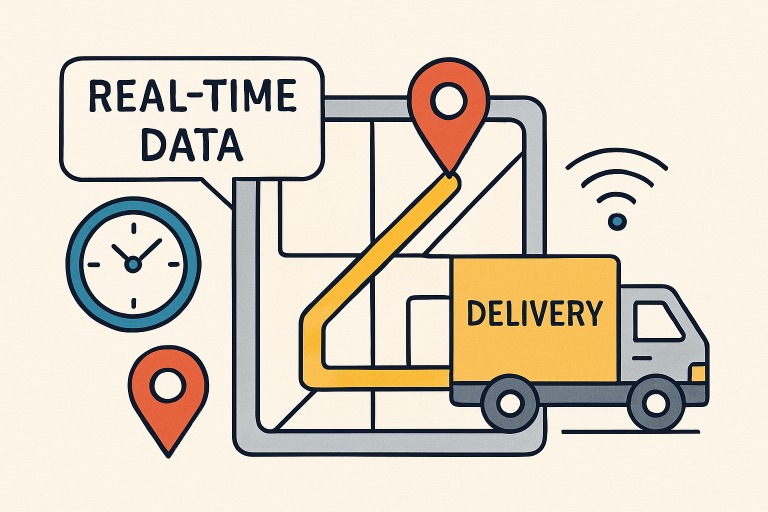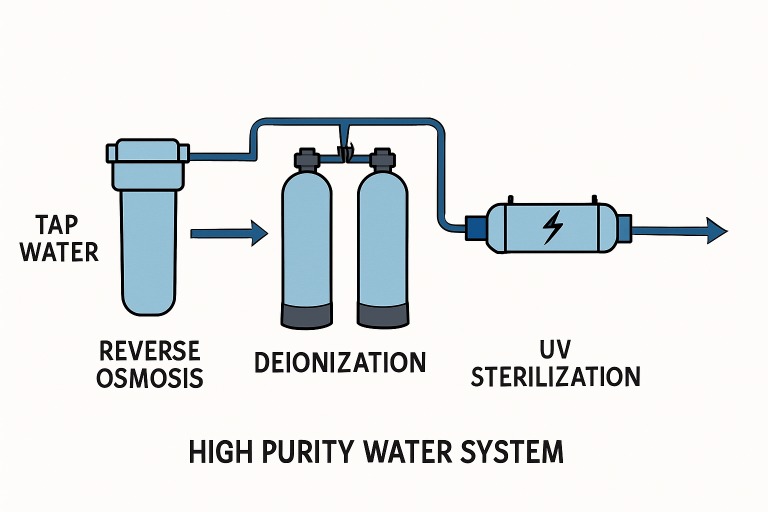How Real-Time Tracking Is Creating Smarter Operations
Staying competitive in today’s fast-moving marketplace demands operational insight, agility, and efficiency that only technology can unlock. Companies seeking an edge in logistics, field services, and supply chain management are increasingly turning to real-time tracking to gain instant data about assets, personnel, and key processes. As evolving visibility trends in logistics shape the industry, businesses are discovering that instant access to accurate information not only drives smarter operations but also transforms how they deliver value to customers and stakeholders.
Modern real-time tracking systems are revolutionizing industries from transportation to manufacturing. They empower organizations to optimize resource allocation, streamline operations, and make data-driven decisions quickly. The power of real-time data means inefficiencies and delays can be targeted and resolved before they become costly problems, contributing to a culture of continuous improvement. The growing integration of these systems underscores their importance for businesses aiming to exceed expectations and improve operational fundamentals.
Enhancing Operational Efficiency
High-performing organizations recognize that visibility into operational processes pays dividends in agility and output. According to Investopedia, operational efficiency is the extent to which a company delivers products or services while minimizing waste and maximizing productivity, making it a crucial benchmark for modern business performance. Real-time tracking solutions offer live insight into everything from asset location and technician status to equipment usage and workflow bottlenecks. For example, field service companies now use GPS-based systems to pinpoint driver locations, reroute staff in response to emergencies, and dynamically allocate resources. This replaces guesswork and idle time with streamlined schedules, reduced delays, and optimized capacity.
Access to immediate updates helps managers identify inefficiencies, reassign workloads, and ensure that the right people and materials are in the right place at the right time. Real-time data has become a key driver of excellence in field service management, enabling teams to be both responsive and cost-effective.
Improving Supply Chain Management
Real-time tracking transforms supply chain management by delivering continuous, end-to-end visibility. This enables shippers, carriers, and warehouse operators to optimize routing and minimize delays, directly impacting profitability. Delivery vehicles equipped with live tracking can avoid congested routes, reduce fuel costs, and improve shipment consolidation based on real-time capacity assessment. This not only shortens delivery times but also lowers carbon emissions. According to Forbes, companies that implement advanced tracking and visibility tools can strengthen business operations by proactively managing disruptions and improving overall efficiency.
Live tracking of containers and cargo enables accurate inventory forecasting and loss prevention. Operations can identify and resolve disruptions as soon as they occur, adapting strategies to keep supply lines moving smoothly, which aligns with best practices recommended by supply chain experts in Forbes.
Boosting Customer Satisfaction
In the age of instant gratification, customers demand real-time updates about their orders, technicians, or service appointments. Integrating real-time tracking into customer-facing platforms provides precise, continuous status updates that reduce anxiety and foster trust. Consumers can view the locations of packages, vehicles, or teams in transit, reducing uncertainty and enabling proactive communication.
The benefits are particularly pronounced in industries like moving, delivery, and appliance repair, where expectations for punctuality and transparency are high. By providing this level of insight, companies can build enduring client loyalty and stand out in crowded markets. IBM further explores these customer-centric innovations in its analysis of logistics technology’s impact on the customer experience.
Ensuring Safety and Compliance
Real-time tracking doesn’t just improve efficiency—it also supports vital safety and compliance protocols. Monitoring driver behavior, vehicle speed, routing, and adherence to regulatory standards in real time allows operations managers to intervene before minor issues escalate into accidents or violations. These proactive measures lower the risk of regulatory penalties and help companies maintain insurance compliance and reputational standing.
Technologies such as dash cams, telematics, and sensor networks enable continuous assessment of road conditions, vehicle performance, and maintenance needs, improving safety outcomes and extending asset lifespans. These strategies are discussed in depth by Supply & Demand Chain Executive, who highlight the increasing importance of real-time monitoring in today’s risk-conscious regulatory climate. Advanced analytics integrated with real-time tracking can also identify patterns that predict potential safety risks, enabling preemptive corrective action. Furthermore, companies can leverage these insights to enhance driver training programs and continuously improve operational safety standards.
Leveraging Technology for Real-Time Tracking
Rapid advancements in GPS, IoT devices, and artificial intelligence have driven the evolution of tracking technology. GPS trackers deliver precise location information, while IoT sensors report on everything from temperature to engine status. AI systems can then interpret this flood of input, offering actionable insights such as predictive maintenance needs, optimal scheduling, and resource allocation forecasts. The synergy between these technologies creates comprehensive, integrated tracking ecosystems that are intuitive for operations teams and deliver actionable intelligence fast.
Overcoming Challenges in Implementation
Despite their benefits, real-time tracking systems pose challenges in implementation, data management, and workforce adaptation. Data overload can overwhelm teams unless information is filtered, visualized, and contextualized by user-friendly dashboards. Seamless integration with existing systems and workflows is vital, as is thorough staff training and change management.
Organizations can overcome these barriers by choosing experienced technology partners, investing in scalable solutions, and fostering a culture that embraces digital transformation. Clear communication, phased rollouts, and ongoing support help ensure technology adoption delivers long-lasting benefits—making digital literacy as crucial as the tracking tools themselves.
Future Trends in Real-Time Tracking
Looking ahead, next-generation tracking will become more predictive and autonomous, with advanced AI and machine learning enabling organizations to anticipate disruptions, reduce risks, and proactively automate responses. Technologies like drones, autonomous vehicles, and blockchain ledgers will enhance reliability and transparency in logistics and compliance. The expansion of 5G networks and edge computing will boost the speed and detail of real-time data collection. These innovations are expected to transform the movement of goods, services, and resources worldwide, opening new opportunities for intelligent, efficient operations.
Conclusion
Real-time tracking technology is no longer a futuristic aspiration; it is a competitive necessity. By delivering instant visibility and control, these systems empower organizations to enhance efficiency, strengthen safety, and delight customers. Forward-thinking companies that continue to invest in and adapt to real-time tracking will not only thrive in today’s market but will also be positioned to lead as technology drives the future of operational excellence.







